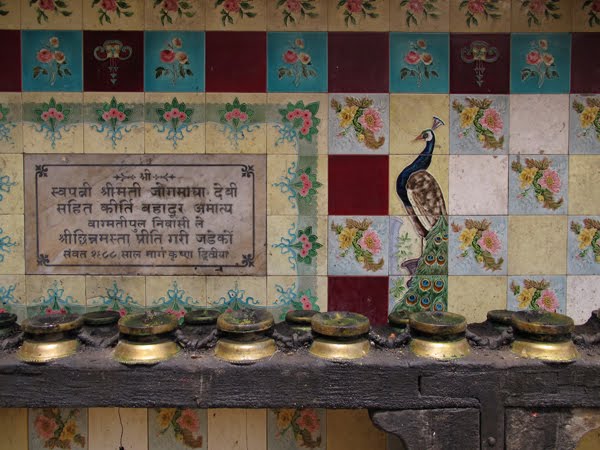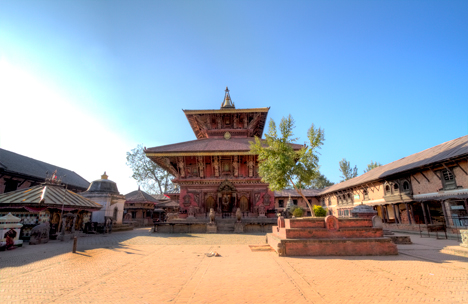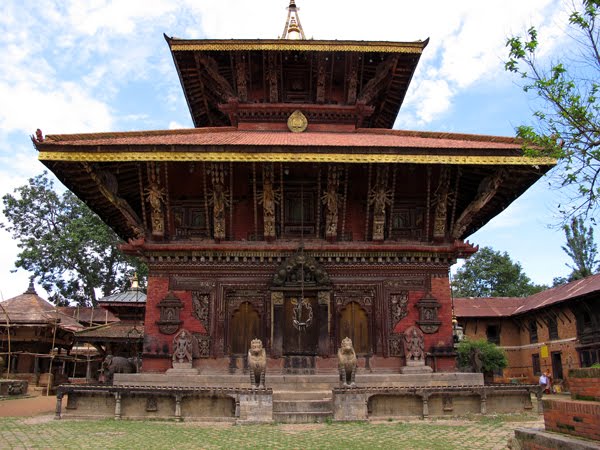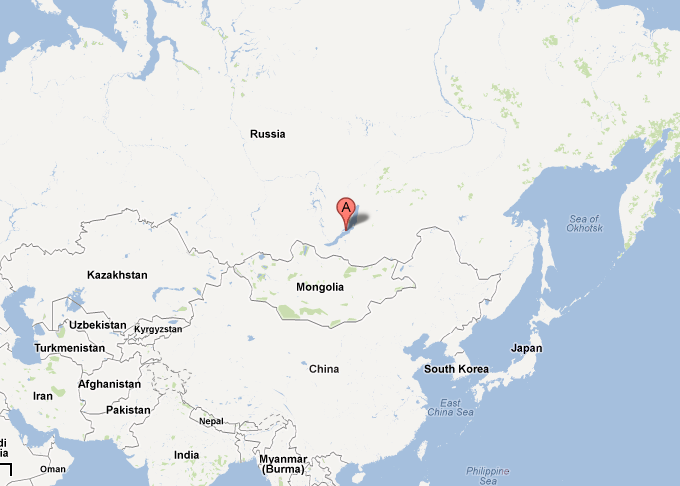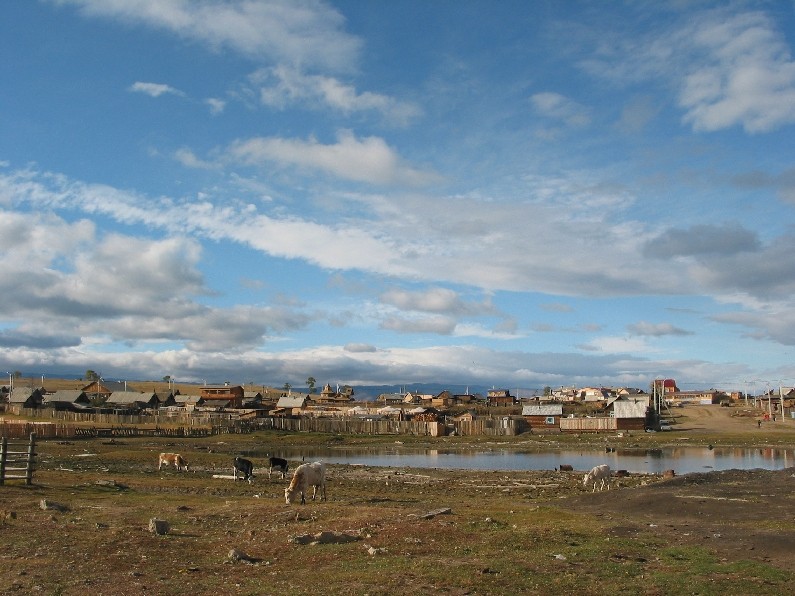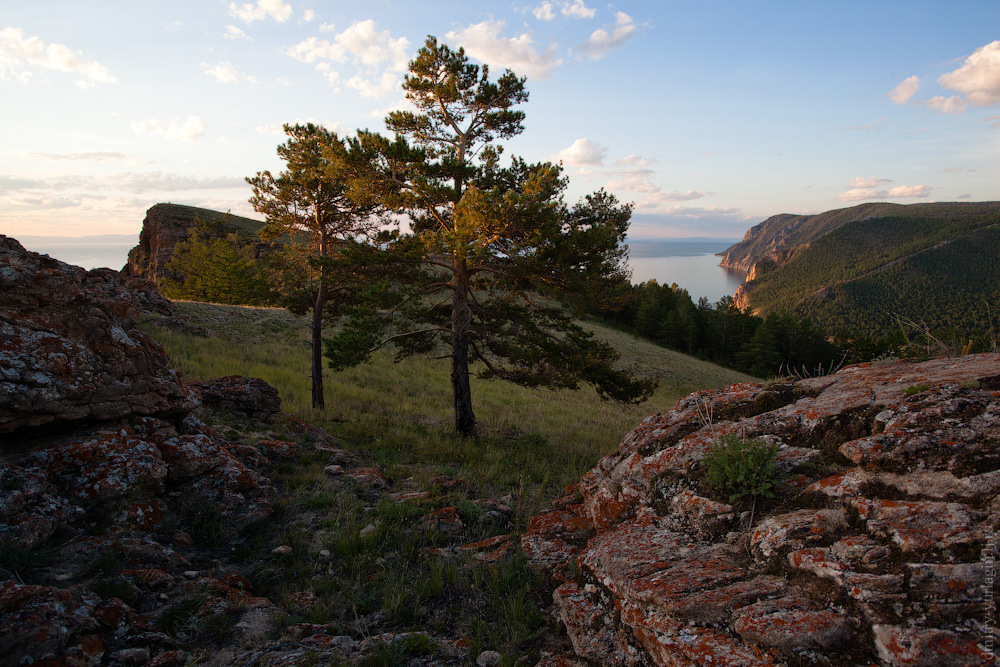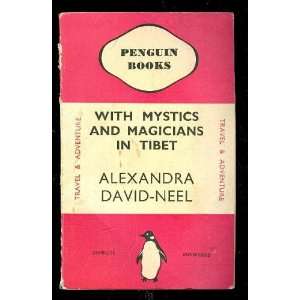
With Mystics and Magicians in Tibet by Alexandra David-Neel is truly an enlightening read. It takes you through a very Western and rather scientific minded investigation into the many facets of Tibetan Buddhism.
In the time this book was written, the early 1900s, Tibet had a very strict policy not allowing foreigners and especially women foreigners into the country. It is understood that David-Neel was perhaps one of the first ever foreign women to enter the very spiritual land of Tibet. Quite a remarkable feat.
Author, and also spiritual seeker David-Neel spent approximately 15 years wandering through the land of Tibet in various caravans and locations. At one point, she lived for two years in a remote gompa (monastery) studying under a Lama in deep meditation, so remote that for all winter, they were cut off from any visitors or food supply.
In her journeys, David-Neel regularly becomes a guest of Lamas, in Northern India in parts of Western Asia. We learn the difference between Tibetan Buddhism, compared to the Indian and Chinese alternatives. Along the borders of Tibet, however, many Lamas, Tulkas, rnal hoyorpas (Naljorpas), or trapas (students) of some sort that find there ways to the gompas she spent her time at and was guest in.
In great detail, David-Neel discusses the entire hierarchy of a typical gompa, from the richer Tulkas to the poorest trapas. She also dissects and teaches the reader about psychic sports (as she calls them) that the trapas undertake to become enlightened. This also involves many of the spiritual training practices and plentiful mystical theories that echo throughout the land.
And as one would expect, she spends a lot of time talking about ghosts, demons, and the dead, considering how much Tibetan Buddhism revolves around this.
One particular fact I found fascinating was that in the most remote locations of Tibet, it was considered an honour to, after one has passed on, to sacrifice the body to the animals of the mountains. So, after death and proper ceremony was performed, the body would be brought to a rocky outcropping, and left for the animals. This was an honourable offering. It was also convenient on account of the rocky ground and nearly always freezing temperatures.
If you’re looking for insight into much Tibetan spiritual terminology, if you’re looking for an account of the truth of Tibetan Buddhism, debunking many of the modern misunderstanding about it, if you’re looking for a fascinating journey in a time before auto cars and televisions ruled our minds, this is a read for you.

